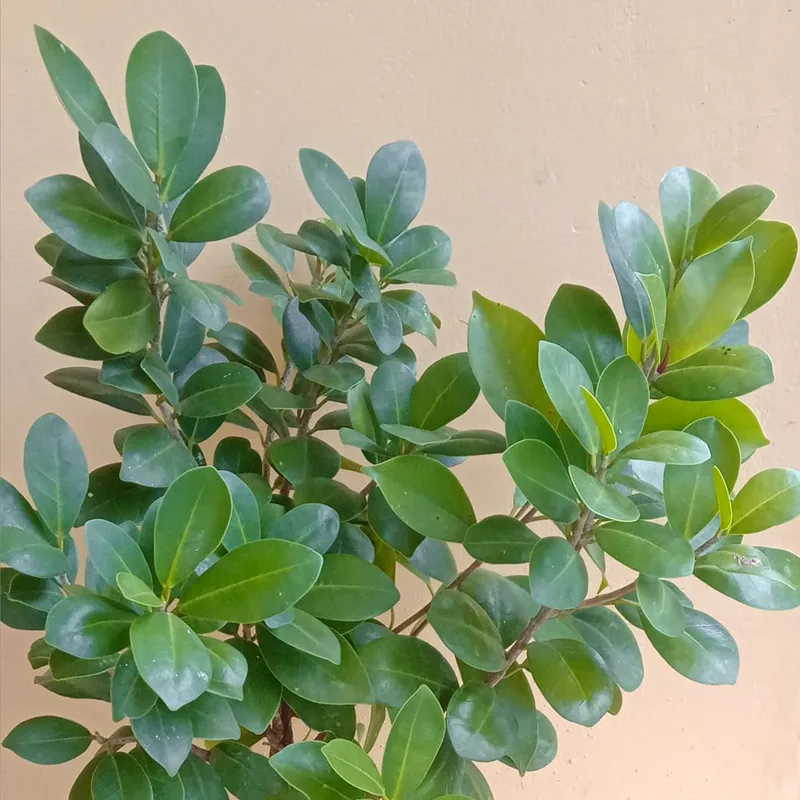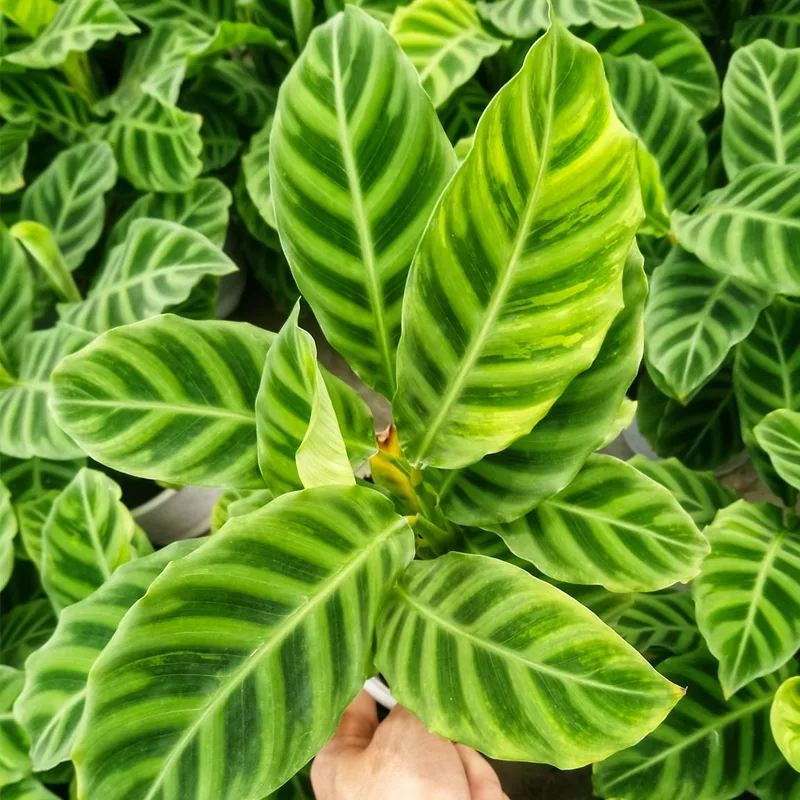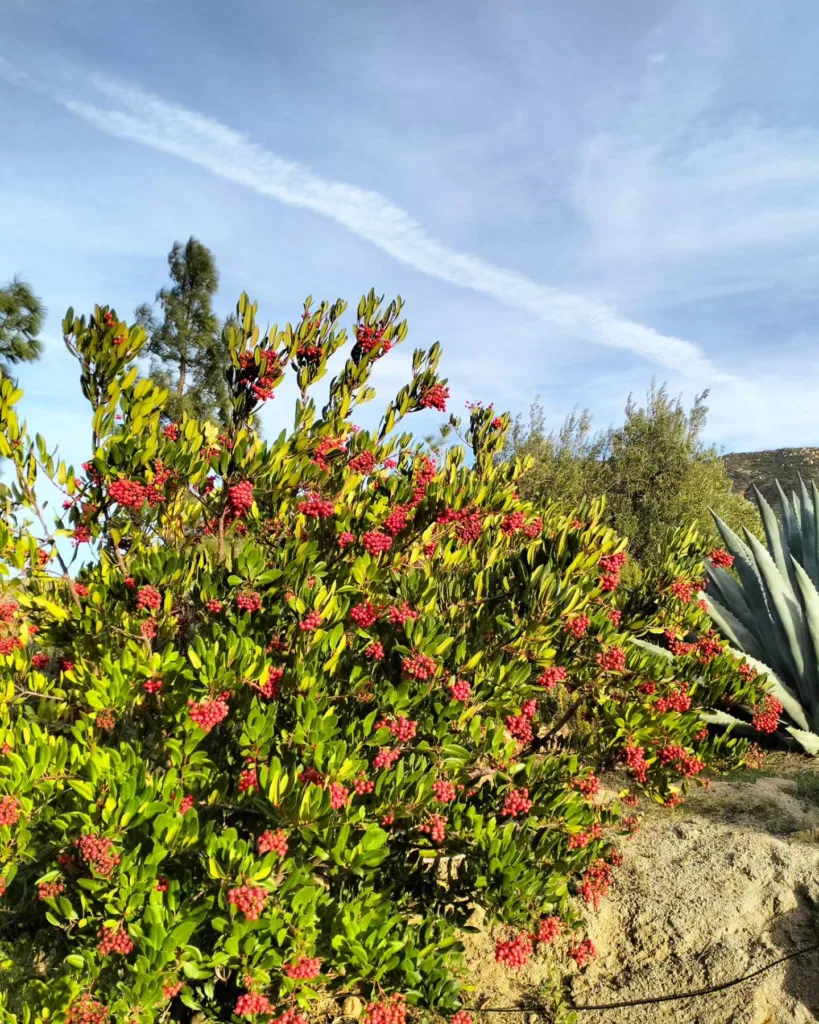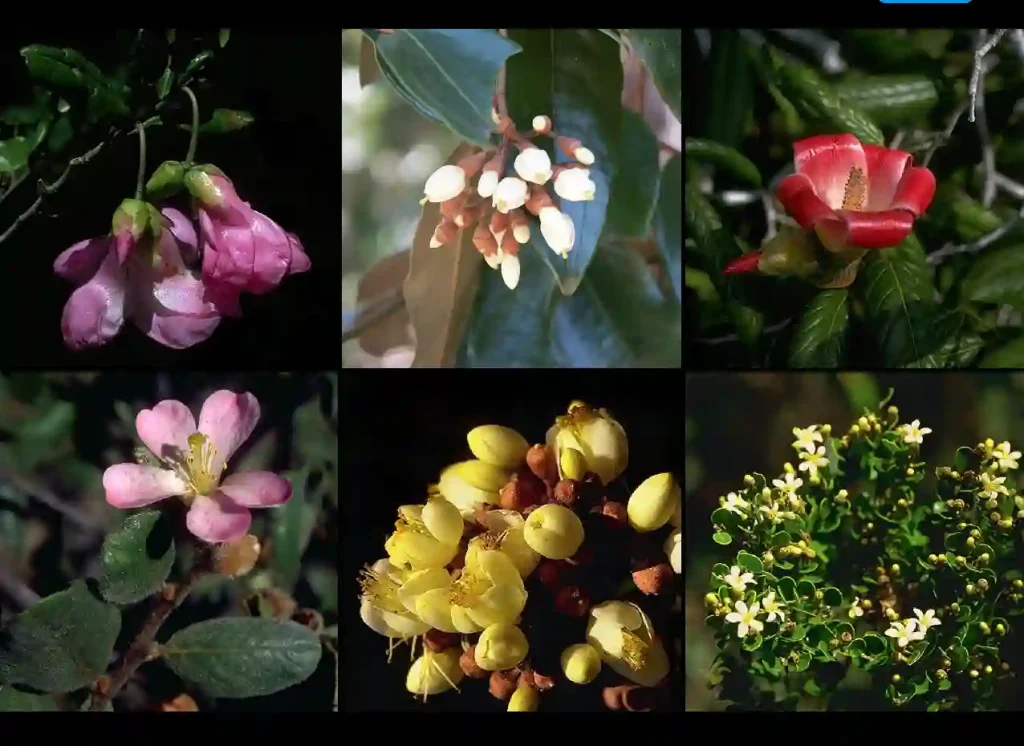FAQs About Geum Macrophyllum
As an avid gardener with a passion for unique plants, I’ve found Geum Macrophyllum to be a fascinating addition to any garden. It’s a perennial with striking foliage and a lovely presence in various landscapes. If you’re considering adding this plant to your garden or just want to learn more, here are some frequently asked questions about Geum Macrophyllum, including how to distinguish it from similar species.
59 Species in Genus Geum
What Is Geum Macrophyllum?
Geum Macrophyllum, commonly known as Large-leaved Avens, is a perennial herbaceous plant that belongs to the Rosaceae family. It’s native to North America and is well-regarded for its large, rounded leaves and attractive, cup-shaped flowers that can add beauty to your garden. The plant typically grows in clumps, reaching about 18 to 24 inches in height, with bright yellow or orange flowers that bloom in late spring to early summer.
How to Tell Geum Macrophyllum Apart from Geum Urbanum?
One of the common questions I get is how to differentiate Geum Macrophyllum from Geum Urbanum, also known as Herb Bennet. While both plants belong to the Geum genus and share some similarities, there are key differences that make identification easier:
- Leaf Shape and Size: Geum Macrophyllum has large, rounded, and deeply lobed leaves that are generally larger than those of Geum Urbanum. In contrast, Geum Urbanum has smaller, more serrated leaves.
- Flower Color: Geum Macrophyllum produces bright yellow to orange flowers, whereas Geum Urbanum typically features less vibrant yellow flowers.
- Growth Habit: Geum Macrophyllum tends to grow in a more robust, clump-forming habit, while Geum Urbanum has a more spreading or sprawling growth pattern.
By paying attention to these characteristics, you can easily distinguish between the two.
How to Care for Geum Macrophyllum?
Caring for Geum Macrophyllum is relatively straightforward, making it an excellent choice for both novice and experienced gardeners. Here are some care tips:
- Sunlight: This plant prefers full sun to partial shade. It can tolerate a range of light conditions but thrives best with at least six hours of sunlight per day.
- Soil: Geum Macrophyllum grows well in well-drained, fertile soil. Incorporate compost or organic matter to enrich the soil and improve drainage.
- Watering: Keep the soil consistently moist but not waterlogged. Water the plant regularly, especially during dry spells, but avoid overwatering as this can lead to root rot.
- Fertilization: Feed Geum Macrophyllum with a balanced fertilizer in early spring to support its growth and blooming.
- Pruning: Deadhead spent flowers to encourage continuous blooming. You can also cut back the plant in late fall or early spring to maintain its shape and remove any dead foliage.
How to Propagate Geum Macrophyllum?
Propagating Geum Macrophyllum can be done through division or seed sowing:
- Division: The most common method is dividing the plant in early spring or fall. Gently lift the clump and separate it into smaller sections, each with roots and shoots. Replant these sections in new locations.
- Seed Sowing: Sow seeds in the spring after the last frost. Start them indoors 6-8 weeks before the last frost date, or sow directly into the garden bed. Ensure the seeds are lightly covered with soil and kept moist until they germinate.
What to Plant With Geum Macrophyllum?
Geum Macrophyllum pairs beautifully with various garden plants. Consider combining it with:
- Echinacea (Coneflower): The contrasting flowers of Echinacea and Geum Macrophyllum create a vibrant display.
- Hostas: The large leaves of Hostas complement the foliage of Geum Macrophyllum, adding a textural contrast.
- Salvia: The tall spikes of Salvia can add vertical interest to the garden bed where Geum Macrophyllum is planted.
Can You Grow Geum Macrophyllum Indoors?
Geum Macrophyllum is primarily suited for outdoor gardens and is not typically grown indoors. It requires specific light and space conditions that are challenging to replicate indoors. For those with limited outdoor space, consider container gardening in a sunny location.
Is Geum Macrophyllum Toxic?
Geum Macrophyllum is generally considered non-toxic to humans and pets. However, as with any plant, it’s wise to keep it out of reach of small children and pets to prevent any accidental ingestion.
Benefits of Geum Macrophyllum
Geum Macrophyllum offers several benefits:
- Aesthetic Appeal: Its large leaves and bright flowers make it an attractive addition to any garden.
- Pollinator Friendly: The flowers attract bees and butterflies, contributing to a healthy garden ecosystem.
- Low Maintenance: It’s relatively easy to care for, making it a great choice for busy gardeners.
Common Problems with Geum Macrophyllum
While Geum Macrophyllum is generally robust, it can face a few issues:
- Powdery Mildew: This fungal disease can affect the plant, especially in humid conditions. Ensure good air circulation and avoid overhead watering to prevent it.
- Slugs and Snails: These pests may damage the foliage. Regularly inspect your plants and use appropriate controls if needed.
Compare with Similar Plants
Geum Macrophyllum vs. Geum Coccineum: While Geum Coccineum, or Scarlet Avens, also features striking flowers, it has a more upright growth habit and smaller leaves compared to the broader, rounded foliage of Geum Macrophyllum.
In conclusion, Geum Macrophyllum is a versatile and attractive plant that can enhance your garden with its unique features and relatively easy care requirements. Whether you’re distinguishing it from similar species or looking for planting companions, I hope this guide helps you make the most of this beautiful perennial.
If i die, water my plants!



